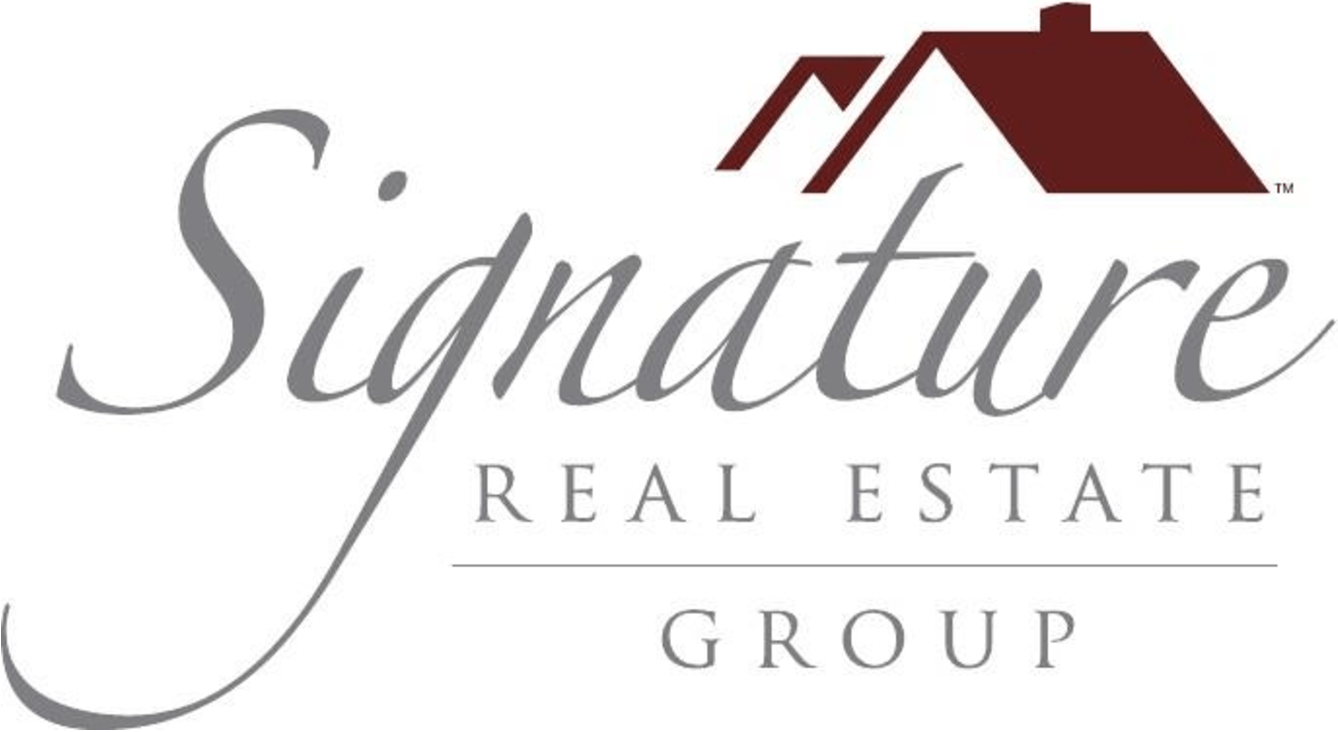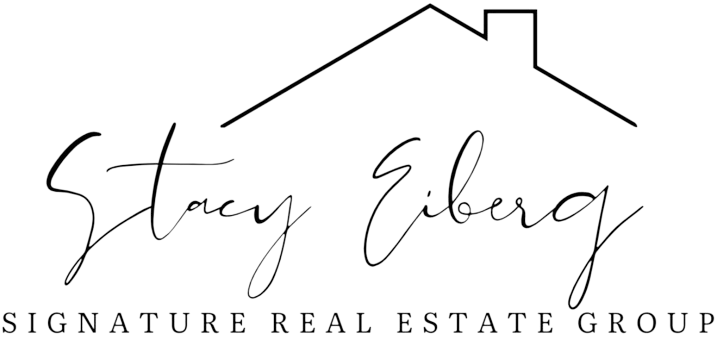As a first-time homebuyer, you’re embarking on a significant and rewarding venture. Buying your first home is not just a financial decision but also an emotional one. Preparation is key. Being well-informed can help alleviate stress and avoid common pitfalls. This guide aims to empower you with confidence as you navigate through the complexities of real estate transactions, mortgage agreements, and the multitude of choices you will face. Remember, the goal is not just to buy a house but to find a home where you will create lasting memories.

Key Metrics for Homebuying
When embarking on the journey to purchase a home, several key metrics come into play, each wielding significant influence on your ability to secure a mortgage and determine the affordability of your prospective abode. These metrics serve as the financial compass guiding both lenders and homebuyers through the complex terrain of real estate transactions. In this section, we will explore three fundamental metrics: Credit Score, Debt-to-Income Ratio (DTI), and the 28/36 Rule. Understanding these metrics is essential for anyone considering homeownership, as they provide valuable insights into your financial health and readiness to take on the responsibilities of homeownership. So, let’s dive into these metrics to equip you with the knowledge needed to make educated decisions and navigate the path to homeownership successfully.
Credit Score: Your credit score is a vital factor when it comes to buying a house. It’s a numerical representation of your creditworthiness derived from your credit history. Lenders use this to assess the risks of lending you money. A higher score generally means a better chance of loan approval and can qualify you for lower interest rates. Scores can fluctuate between 300 and 850, with a score above 670 considered good. It’s crucial to check your credit report regularly for accuracy and to understand how your financial behavior, like payment history and credit utilization, impacts your score.
Debt-to-Income Ratio (DTI): The Debt-to-Income Ratio is another crucial metric for homebuyers. It measures the percentage of your monthly gross income that goes towards paying debts. Lenders use DTI to gauge your ability to manage monthly payments and repay debts. A lower DTI ratio is preferable, as it indicates a healthy balance between debt and income. Generally, lenders look for a DTI ratio of 36% or lower, though some may accept higher ratios. To improve your DTI, you can increase your income, pay off debts, or do both.
The 28/36 Rule: The 28/36 Rule is a guideline used in the real estate industry to determine affordability. It suggests that households should not spend in excess of 28% of their gross monthly income on housing expenses (like mortgage, property taxes, and homeowner’s insurance) and no more than 36% on total debt obligations, including housing and other debts like car loans and credit cards. This rule helps in budgeting for a home purchase and maintaining a healthy financial lifestyle post-purchase. Staying within these percentages can also make you a more attractive candidate to lenders.
Understanding Upfront Homebuying Costs
Entering the realm of real estate involves more than just identifying the ideal home; it requires a thorough grasp of the financial obligations that accompany the process. When considering the purchase of a home, you’ll need to carefully assess various financial components, each with its own set of implications. These crucial financial aspects include the earnest money deposit, down payment, and closing costs. To ensure a seamless transition from the search for a home to homeownership, let’s explore these elements in more detail:
Earnest Money Deposit: An earnest money deposit serves as a tangible commitment to your interest in a property. Typically, it ranges from 1% to 5% of the home’s purchase price, although specific amounts can vary. This sum is submitted with your offer as a sign of good faith to the seller, indicating your intention to proceed with the purchase if certain conditions are met. It’s usually held in an escrow account until the sale is finalized, at which point it can be applied toward your down payment or to your closing costs. However, it’s essential to be aware that if the deal falls through due to reasons specified in the contract, you may risk forfeiting the earnest money.
Down Payment: The down payment is a substantial payment made upfront towards the purchase price of the home. While the minimum down payment requirement can vary based on the type of mortgage and your financial situation, it typically falls within the range of 3% to 20% of the purchase price. The exact amount depends on factors such as your creditworthiness and the type of loan you secure. A higher down payment generally results in lower monthly mortgage payments and may help you avoid additional expenses like private mortgage insurance (PMI).
Closing Costs: Closing costs represent a comprehensive array of fees and expenses associated with the finalization of a real estate transaction. These fees generally amount to between 2-5% of the cost of the home. These costs encompass a variety of items, including but not limited to:
- Lender Fees: These fees include loan origination fees, application fees, and any points you choose to buy down your interest rate.
- Appraisal Fees: An appraisal is required to assess the fair market value of the property. The cost can range from a few hundred to a thousand dollars.
- Title Insurance: This insurance safeguards both the buyer and lender against any issues with the property’s title. Costs can vary but are typically a percentage of the purchase price.
- Attorney Fees: In some cases, you may need an attorney to oversee the legal aspects of the transaction.
- Property Taxes and Insurance: You may need to prepay property taxes and homeowners insurance for the first year.
- Home Inspection Fees: While not always a closing cost, it’s a wise investment to have a professional home inspection before purchase.
Understanding and budgeting for these closing costs is crucial to ensure a smooth and financially sound closing process.
Exploring Mortgage Loan Options and Key Considerations
Securing a mortgage is a pivotal step in the home-buying process, and it involves a range of choices that can significantly impact your financial situation. To make informed decisions, it’s crucial to understand the various types of mortgage loans, including conventional, FHA, VA, and USDA loans, and delve into essential aspects such as fixed-rate versus variable-rate mortgages, the life of the loan, prepaid interest, and more.
Conventional Loans: Conventional mortgages are one of the most common types of home loans and are not backed by a government agency. They require a higher credit score, as well as a larger down payment compared to government-backed loans and can be fixed-rate or adjustable-rate mortgages.
FHA Loans (Federal Housing Administration): FHA loans are government-backed loans designed to make homeownership more accessible. They require a lower down payment and more lenient credit score requirements. FHA loans are an ideal option for first-time homebuyers and those with limited credit history.
VA Loans (Department of Veterans Affairs): VA loans are made available to eligible veterans, service members who are active duty, and certain members of the National Guard and Reserves. These loans require no down payment and often have competitive interest rates. They are a valuable benefit for those who have served in the military.
USDA Loans (U.S. Department of Agriculture): USDA loans are intended for rural and suburban homebuyers who meet income and location eligibility criteria. They offer low to no down payment options and competitive interest rates. USDA loans can make homeownership attainable in less densely populated areas.
Fixed-Rate vs. Variable-Rate Mortgages: When selecting a mortgage, you’ll need to decide between a fixed-rate and a variable-rate (adjustable-rate) mortgage. A fixed-rate mortgage holds the same interest rate for the entire life of the loan, providing predictability in monthly payments. In contrast, a variable-rate mortgage has an interest rate that can fluctuate over time, typically tied to an index. While variable-rate mortgages often start with lower rates, they can fluctuate, potentially leading to higher payments in the future.
Life of the Loan: Mortgages come in various terms, with 15-year and 30-year mortgages being the most common. A 15-year mortgage offers a shorter payoff timeline but higher monthly payments, while a 30-year mortgage spreads payments out over a more extended period, resulting in lower monthly installments. Your choice depends on your financial goals and budget.
Prepaid Interest (Points): Borrowers have the option to pay “points” upfront to reduce their mortgage interest rate. Each point typically costs 1% of the amount of your loan and can lower the interest rate by a certain percentage. Paying points makes sense if you plan to stay in your home for an extended period, as it can lead to long-term savings on interest payments.
Obtaining a pre-approval for a mortgage is a crucial step in the home-buying process. It involves having a lender review your financial information and creditworthiness to determine the amount they are willing to lend you. This pre-approval provides several significant advantages:
- It helps you establish a realistic budget by knowing exactly how much you can borrow, allowing you to focus your search on houses within your price range.
- It demonstrates to sellers that you are a serious and qualified buyer, increasing your chances of having your offers accepted in a competitive market.
- It expedites the final loan approval process, saving you time once you find the right home.
Ultimately, getting pre-approved not only streamlines your homebuying journey but also gives you the confidence and clarity needed to make informed decisions.
Crafting Your Homebuying Wish List and Prioritizing Wants vs. Needs
Before searching for your dream home, it’s essential to create a clear and comprehensive wish list. Your wish list will serve as a roadmap, helping you identify your must-have features while distinguishing them from the nice-to-have amenities. This process not only aids in finding a home that aligns with your lifestyle but also allows you to identify areas where compromise is possible. Here’s how to create your wish list and effectively prioritize your wants and needs:
Identify Your Needs: Start by listing the non-negotiable features that your future home must have to meet your basic requirements, which typically include the number of bedrooms and bathrooms you need, location, proximity to schools or work, and essential amenities like a functional kitchen and heating/cooling systems.
Consider Your Lifestyle: Think about how you envision living in your new home. Consider factors such as family size, daily routines, and any specific requirements related to your lifestyle. For example, if you love to cook, a well-equipped kitchen may be a need rather than a want.
Evaluate Your Budget: Keep your budget in mind as you create your wish list. While it’s natural to desire all the bells and whistles, you must stay within your financial means. Be realistic about what you can afford and prioritize accordingly.
Differentiate Wants from Needs: Once you’ve listed your needs, start identifying your wants. Wants are features that would enhance your living experience but are not essential for your basic comfort and functionality. These could include a swimming pool, a walk-in closet, or a home office.
Prioritize Your Wants: Among your wants, establish priorities. Some wants may be more important to you than others. By ranking your wants, you can be flexible in areas that matter less to you while holding firm on those that are of higher importance.
Be Open to Compromise: Recognize that finding a home that checks every box on your wish list can be challenging. In the real estate market, compromise is often necessary. Be prepared to adjust your expectations and consider homes that may not meet all your wants but fulfill your needs and key priorities.
Stay Flexible: The homebuying process can be dynamic, and your priorities may evolve as you view different properties. Be open to revising your wish list based on what you learn during your search.
Creating a wish list and distinguishing between wants and needs is a fundamental step in the homebuying process. It helps you stay focused, make informed decisions, and ultimately find a home that best fits your lifestyle and budget. By being clear about your priorities and open to compromise, you can navigate the real estate market with confidence and make a choice that brings you satisfaction and contentment in your new home.
Navigating Offers and Negotiations
When you’ve found a home that aligns with your wish list and budget, it’s time to make an offer. This process involves several key steps:
Initial Offer: Your initial offer is the starting point for negotiations. It should be based on market research, the home’s condition, and your budget. Be prepared for counteroffers from the seller.
Negotiation: Negotiations typically involve back-and-forth communication between you and the seller. Key terms, such as price, contingencies, and closing dates, may be adjusted during this process.
Contingencies: Contingencies are conditions that must be met for the sale to proceed. Common contingencies include inspections, financing approval, and appraisal. Be sure to understand the implications of each contingency.
Acceptance: Once both parties agree to the terms and all contingencies are met, the offer becomes a binding contract. It’s essential to review and understand the contract thoroughly before signing.
Closing: The closing is the final step where ownership of the property is transferred, and all financial transactions are completed. You’ll sign various documents and pay closing costs.
Throughout this process, effective communication with your real estate agent is essential. They can provide valuable insights, help you draft compelling offers, and guide you through negotiations to secure the best deal possible. Remember that negotiation is a give-and-take, so be prepared to compromise while protecting your most important interests.
The Closing Process
The closing process is the final and crucial step in the journey to homeownership. During this phase, several important tasks are completed:
Final Walkthrough: Before closing, you’ll typically conduct a final walkthrough of the property to ensure it’s in the condition you agreed upon in the contract.
Closing Documents: You’ll be presented with various documents to review and sign, including the loan documents, the deed of trust or mortgage, and the settlement statement (closing disclosure).
Funding: Your lender will provide the funds needed to complete the purchase. These funds will cover the purchase price, closing costs, and any other agreed-upon expenses.
Title Transfer: The property’s title will be transferred from the seller to you. Title insurance is typically issued to protect against any unforeseen issues with the title.
Escrow: An escrow company or attorney will oversee the closing process, ensuring that all funds are properly distributed and the necessary documents are recorded.
Closing Costs and Down Payment: This is the part of the process where you’ll pay the down payment and closing costs.
Keys and Possession: After closing, you’ll receive the keys to your new home, and you officially take possession of the property.
The closing process can take several hours, and it’s essential to review all documents carefully and ask any questions you may have. Once all parties have completed their responsibilities, you’ll become the proud owner of your new home. It’s an exciting moment that marks the culmination of your home-buying journey.
Your Path to Homeownership
Now that you’re armed with knowledge and confidence, you’re well-prepared to embark on the exciting adventure of finding your dream home. Remember that your journey to homeownership is unique, and it’s essential to have the right support and guidance along the way. When you’re ready to make your dream of homeownership a reality, I’m here to help. Contact me today, and let’s start your homebuying adventure together. Your new home is waiting, and I’m eager to assist you in making it yours.


